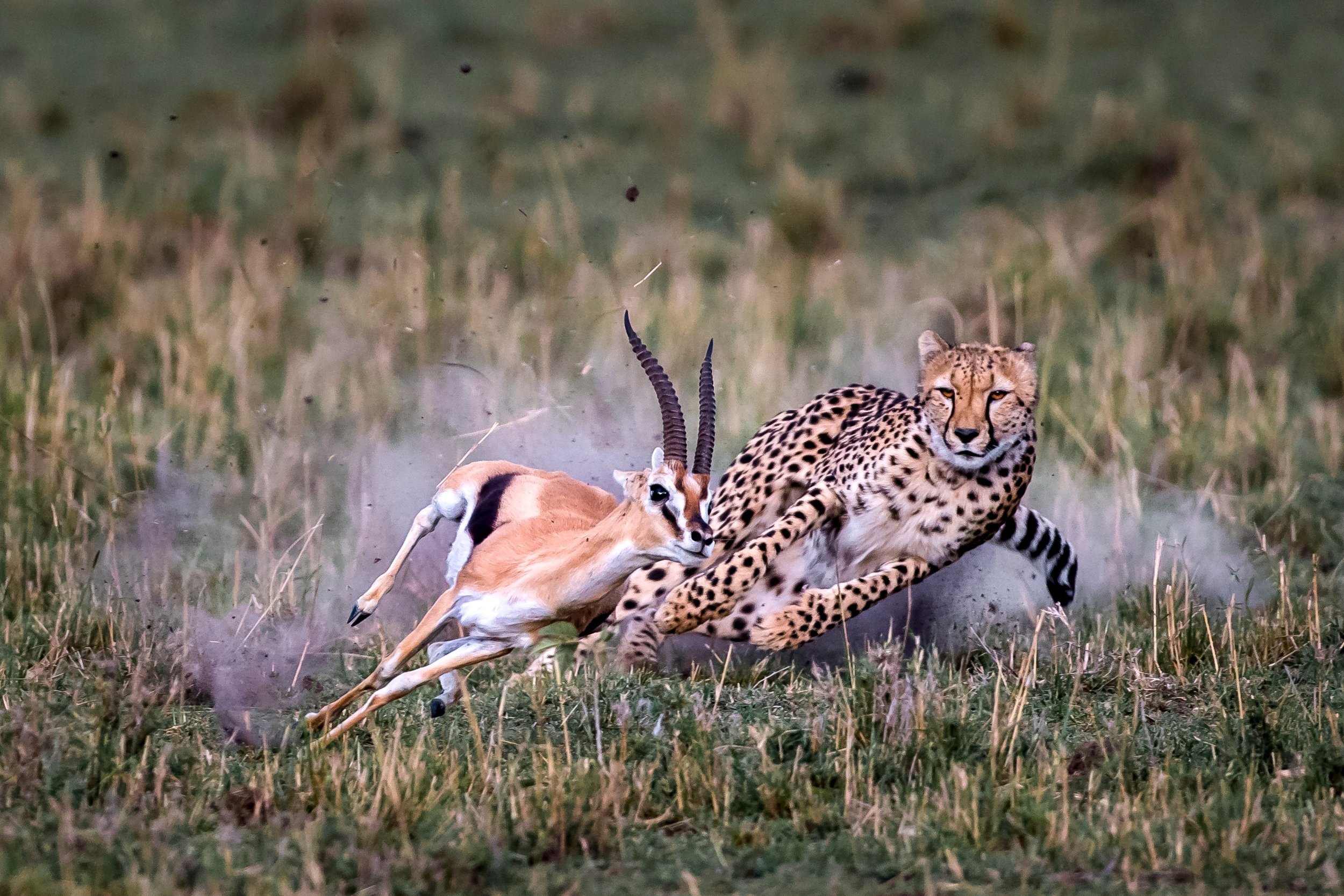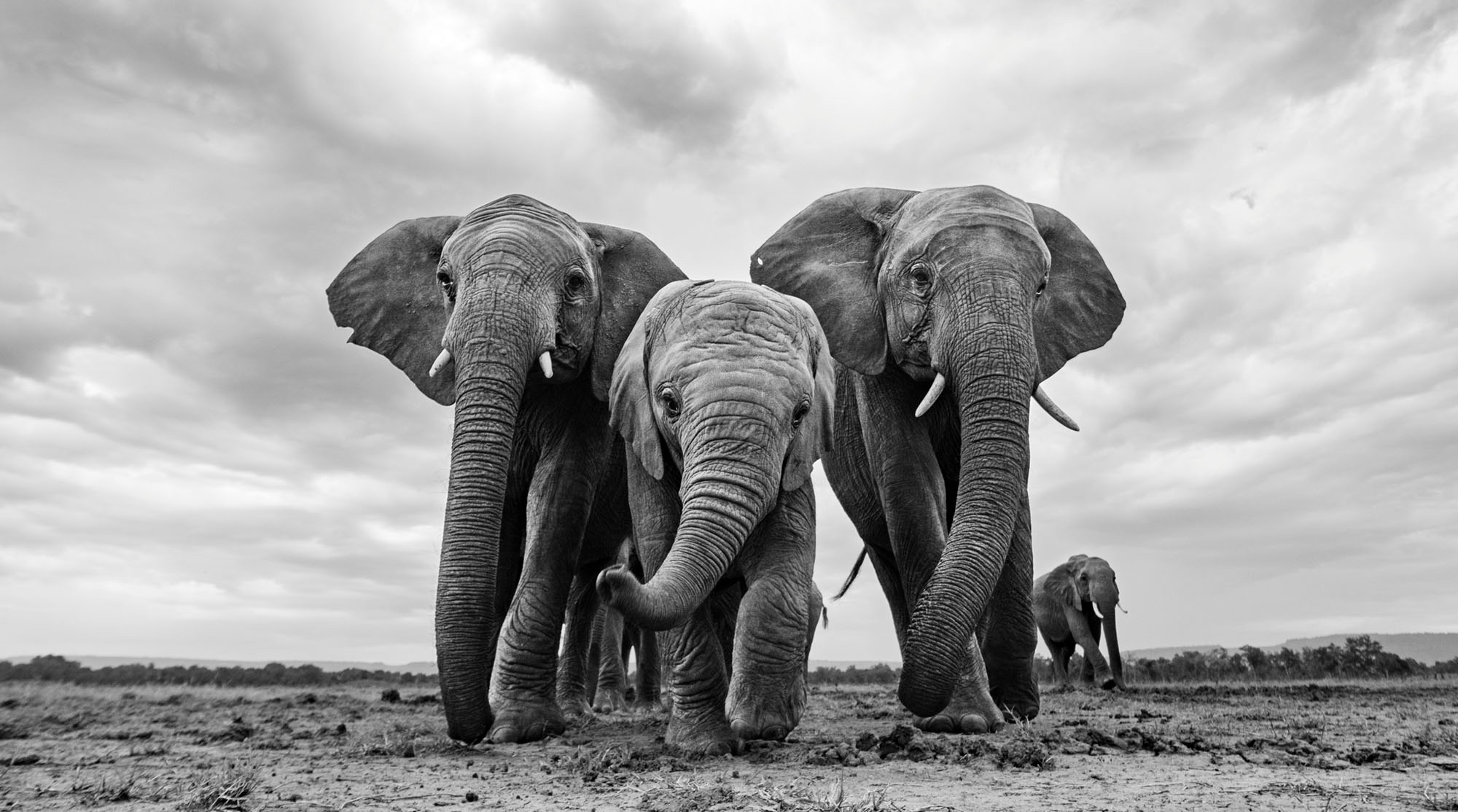Angama Foundation: Raising Awareness and Conservation Funding – One Image at a Time
Each year, millions of wildebeest and zebra come thundering over the border between Tanzania and Kenya, making their way from the Serengeti into the Maasai Mara, and bringing with them a steady flow of travellers to observe the extraordinary spectacle of The Great Migration.
However, having one of the world’s most iconic natural events occurring right on your doorstep can be both a blessing and a curse for those that call the Maasai Mara home. A blessing because every year, you can rely on ample tourism interest during the months of the migration, but also a curse because when the migration leaves, so too do the bulk of the Mara’s visitors. Yet there is life aplenty left behind, along with communities and conservation entities that depend on a steady flow of visitors and contributors to sustain them.
Amongst those most negatively impacted are community members whom often get only seasonal employment when camps and lodges opt to open just during the migration. Additionally, national park authorities, which are heavily reliant on visitor fees for funding, can face financial challenges outside of the typical migration season.
This deeply embedded seasonality pattern can, to a large extent, be blamed on marketing – with too great a focus placed on the migration and too little on the phenomenal wildlife-viewing that takes place outside of the “peak season” months. So if marketing created the problem, it made sense to look to marketing for the solution – which is how The Greatest Maasai Mara Photographer of the Year was born.
Now in its second year, The Greatest Maasai Mara Photographer of the Year was launched by the Angama Foundation to reinforce the status of the Maasai Mara National Reserve as one of the best year-round wildlife destinations on the continent, while raising much-needed funds for six boots-on-the-ground conservation NGOs working in and around the Mara.
In spreading the visual story of the Mara year-round, we are able to put the spotlight on the destination, its wildlife and its people, with the aim of ultimately ensuring the long-term survival of the park and putting an end to seasonal employment practices.
The annual photographic is open to photographers of all skills and the rules state that no migration images may be entered at any time other than during the Mara’s typical migration months of June to October.
Each month, a finalist is selected by a panel of acclaimed wildlife photographer judges, including Art Wolfe, Federico Veronesi, Adam Bannister, Nisha Purushothaman and Michael Poliza, as a contender to win the grand prize and earn the title: The Greatest Maasai Mara Photographer of the Year.
The prize is a substantial $10,000 in cash, with a five-night all-inclusive safari at Angama Mara, along with return local flights. Entry fees of $20 per image are donated in full to the entrant’s choice of one of six conservation partners: The Mara Elephant Project; The Maa Trust; The David Sheldrick Wildlife Trust; The Mara Conservancy; and The Anne K. Taylor Fund; and The Angama Foundation.
The Mara’s community of safari guides are incentivized to support the competition and encourage their guests to enter through prizes for the winning photographer’s guide. Last year, the guide of the winning photographer won a new Suzuki four-wheel drive vehicle and this year, the top three guides will be flown to England to watch a life Premier League match.
The results? The 2018 edition of the competition attracted almost 1,000 images and entry fees of over $16,500, which were donated in full to the conservation partners.
Giving an additional boost to the reach and fundraising potential, during 2019, the top 2018 entries were showcased at exhibitions around the world, including Nairobi, Seattle, Melbourne, Brisbane, Dubai and Cape Town, with Atlanta, Austin, Dallas, Indianapolis, Moscow and Johannesburg still line up for this year. These exhibitions are run in partnership with African tour operators, and limited prints are auctioned during the events to raise additional funds for the six conservation partners. At the Cape Town event alone, more than $20,000 was raised in just one night.
Of course, the real prize is one that is likely to first emerge as a very subtle shift in perception: a fresh understanding that there is far more to the Mara than the migration, a consciousness that by rethinking just the timing of a trip (and without compromising on the wildlife experience), you can play a part in the long-term sustainability of one of the world’s most precious natural habitats for generations to come.
Author: This guest post is written by Nicky Fitzgerald of The Angama Mara, owner and co-founder. Nicky’s journey in hospitality has taken her from South Africa’s Western Cape through all the major wilderness high spots of Africa, and later India, where she was part of a team that built, opened, ran and marketed over 50 safari lodges for &aBeyond. Nicky also spent two years exploring ecotourism possibilities in Latin America. Now she is back at the front door of her lodge – a place she loves best of all.






